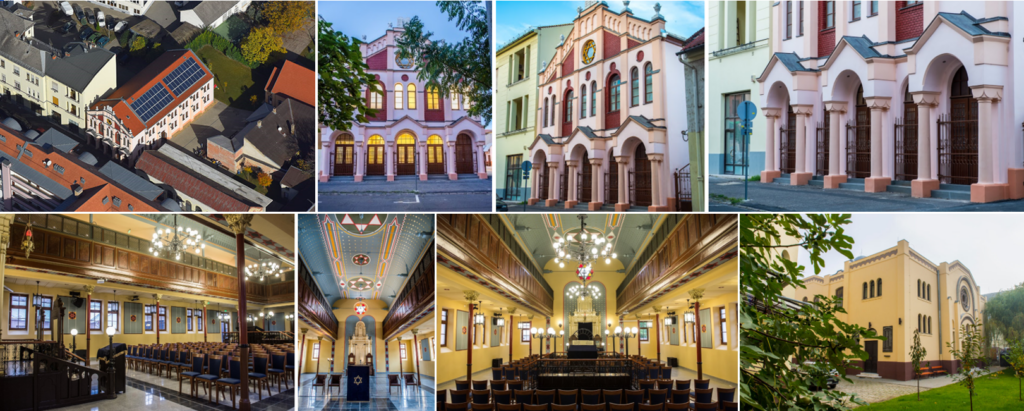
Vayetse (ויצא = and he went out)
Genesis 28:10 – 32:3 and Hosea 12:13 – 14:10 (Sephardic) and Hosea 11:7 – 12:12 (Ashkenazic)
Jacob leaves Beer-Sheba for Haran(1). On his way, he dreams of a ladder reaching from heaven to earth. Upon arriving in Haran, he works for Laban and marries his daughters, Leah and Rachel. After many years of labor and increasing prosperity, Jacob leaves Laban with his family and possessions, continuing his mission to build the people of Israel. Hosea recalls Jacob’s story, particularly his flight to Aram(2) and his service to obtain his wives. The Haftarah draws a parallel between Jacob’s personal story and the collective destiny of Israel, emphasizing the enduring nature of the divine covenant, even in exile or through trials.
Genesis 29:15
וַיִּשָּׂא יַעֲקֹב, רַגְלָיו; וַיֵּלֶךְ, אַרְצָה בְנֵי-קֶדֶם
Jacob set out and went toward the land of the people of the East.
In the East, far from Israel, the Jews of Cochin have preserved their spiritual heritage. The Paradesi synagogue, built in 1568, stands as a testament to this enduring connection to tradition. The term “Paradesi,” derived from the Sanskrit word परदेशी (meaning “from abroad”), primarily refers to Jews of Spanish, Portuguese, and Dutch origin who settled in Cochin after the Inquisition. This name was given to distinguish them from the older local Jewish communities, such as the Malabar(3) Jews . The synagogue blends architectural influences from both the East and Europe. It features blue and white tiles, blown glass chandeliers, brass candelabras, and ancient Torah scrolls. It was further adorned with a clock tower in 1760. This synagogue is the oldest in active use in India and reflects a peaceful coexistence between Jews and Indians over the centuries.
1 The city of Harran, located in the southern part of modern-day Turkey near the Syrian border, may correspond to Haran.
2 Aram is a region inhabited by the Arameans, located in central present-day Syria. The name may derive from Aram, the fifth son of Shem.
3 The Malabar Jews form an ancient community in the Kerala region, with distinct traditions. Their presence dates back around 3,000 years, to the time of King Solomon or the Kingdom of Judah, when Jews began trading with the peoples of South India and settling along the Malabar coast, now known as Kerala.









